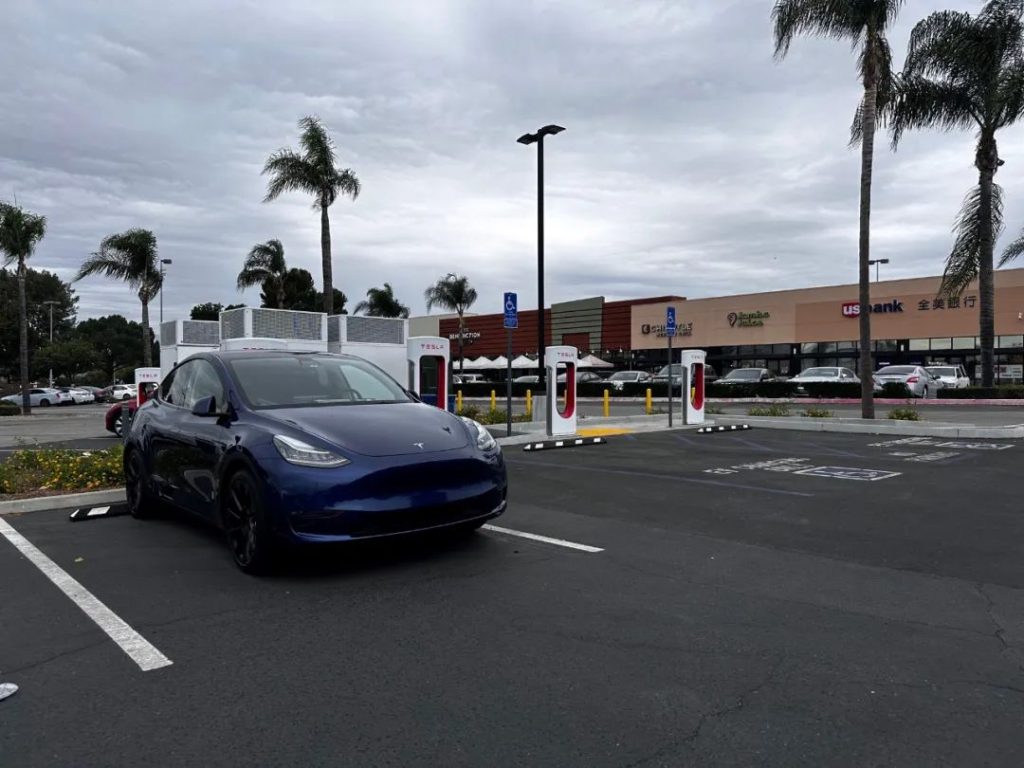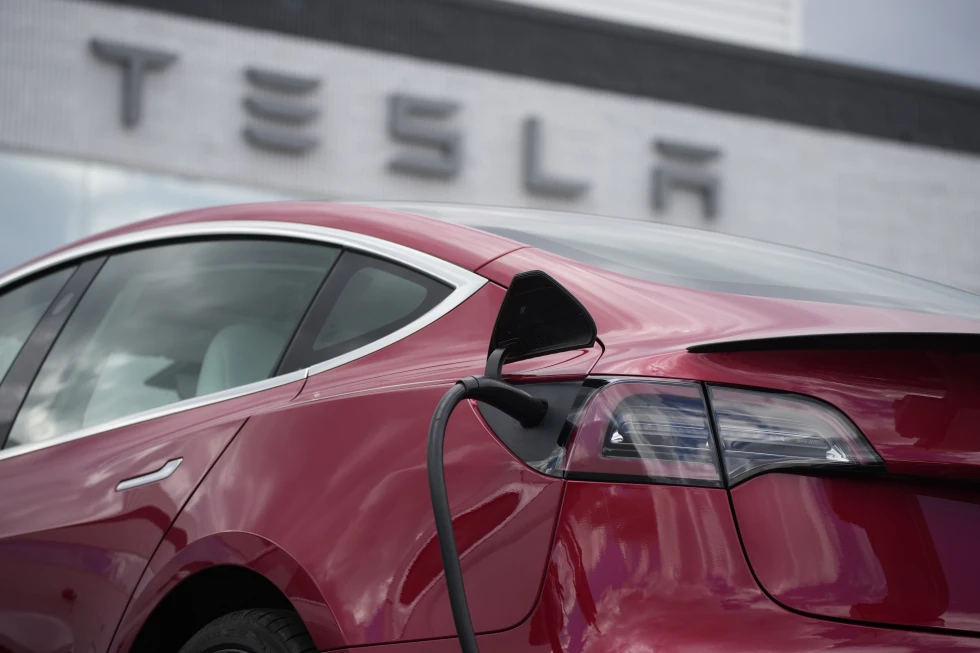The recent recall of over 2 million electric vehicles by Tesla has sparked concerns about the effectiveness of the company’s Autopilot system.
The recall was initiated by the U.S. National Highway Traffic Safety Administration (NHTSA) after a two-year investigation found that Tesla’s system to monitor drivers was defective and required a fix.
Tesla, the leading manufacturer of electric vehicles, has been at the forefront of developing advanced driver assistance systems (ADAS) that are designed to make driving safer and more efficient.
The Autopilot system, which is a key feature of Tesla’s vehicles, is designed to assist drivers with tasks such as steering, braking, and accelerating.
However, the NHTSA investigation found that the Autopilot system was not functioning as intended, particularly in situations where drivers were not paying attention to the road.
The system sends alerts to drivers if it fails to detect torque from hands on the steering wheel, but experts have described this system as ineffective.
As a result of the recall, Tesla has agreed to implement an online software change that will increase warnings and alerts to drivers to keep their hands on the steering wheel.
The company has also indicated that it may limit the areas where the most commonly used versions of Autopilot can be used, although the details of these limitations are not entirely clear.
The recall has raised questions about the effectiveness of ADAS systems in general, and whether they can truly make driving safer.
While ADAS systems have the potential to reduce the number of accidents on the road, they are not foolproof and require drivers to remain vigilant and attentive at all times.
Furthermore, the recall highlights the need for greater regulation and oversight of ADAS systems. As these systems become more advanced and widespread, it is essential that they are rigorously tested and certified to ensure that they are safe and effective.
In conclusion, the Tesla recall serves as a reminder of the challenges and complexities involved in developing and implementing advanced driver assistance systems.
While these systems have the potential to revolutionize the way we drive, they must be developed and used responsibly to ensure that they do not compromise safety on the road.
Title: The Need for Enhanced Driver Monitoring in Automated Vehicles: A Critical Analysis
The National Highway Traffic Safety Administration (NHTSA) initiated an investigation in 2021 following 11 reported incidents involving Tesla vehicles equipped with partially automated driving systems crashing into parked emergency vehicles.
This alarming trend has raised significant concerns regarding the efficacy of existing safety measures and the need for enhanced driver monitoring in automated vehicles.
Furthermore, the NHTSA’s findings, coupled with insights from industry experts and researchers, underscore the inadequacy of current methods for ensuring driver attention and intervention in automated driving systems.
Since 2016, the NHTSA has dispatched investigators to approximately 35 crashes involving Teslas operating on partially automated driving systems, resulting in collisions with parked emergency vehicles, motorcyclists, and tractor trailers.
These incidents have led to a staggering total of 17 fatalities, prompting a critical examination of the underlying factors contributing to these tragic events.
Notably, the NHTSA’s research, in conjunction with the National Transportation Safety Board (NTSB) and other investigative bodies, has revealed that conventional methods of measuring torque on the steering wheel are insufficient in guaranteeing drivers’ attentiveness.
The limitations of this approach have been underscored by the inadequacy of steering torque in retaining drivers’ attention, particularly in scenarios where the automated driving system necessitates human intervention.
Jennifer Homendy, the chairwoman of the NTSB, has expressed reservations regarding the efficacy of the existing solutions, emphasizing the inadequacy of the technology in maintaining drivers’ attention.
This sentiment is echoed by industry experts, including Donald Slavik, a lawyer representing plaintiffs in lawsuits against Tesla over its Autopilot system.
Slavik highlights the inherent challenges associated with human monitoring of automated systems, emphasizing the delayed response and the limitations of relying solely on proxy measures such as steering wheel torque.
Missy Cummings, a prominent engineering and computing professor at George Mason University, has emphasized the inadequacy of monitoring hands on the steering wheel as a proxy measure for attention.
She asserts that it fails to provide an accurate reflection of a driver’s attentiveness to the road, highlighting the need for more sophisticated and comprehensive monitoring mechanisms.
In light of these concerns, experts advocate for the implementation of advanced driver monitoring systems, particularly the integration of night-vision cameras to track drivers’ eye movements and ensure sustained focus on the road.

While certain Tesla models incorporate interior-facing cameras, their limitations in low-light conditions have been underscored, setting them apart from the more robust driver monitoring systems employed by other automotive manufacturers.
Philip Koopman, a distinguished professor at Carnegie Mellon University specializing in vehicle automation safety, has drawn attention to the absence of such cameras in older Tesla models, further emphasizing the need for standardized and comprehensive driver monitoring solutions across all vehicles equipped with automated driving systems.
In conclusion, the series of incidents involving Tesla vehicles operating on partially automated driving systems and the subsequent investigations by regulatory bodies and industry experts have shed light on the critical need for enhanced driver monitoring in automated vehicles.
The inadequacy of conventional measures, such as steering wheel torque, has underscored the imperative of implementing advanced driver monitoring systems, including night-vision cameras, to ensure sustained driver attention and intervention when necessary.
The integration of comprehensive driver monitoring solutions represents a pivotal step in mitigating the inherent challenges associated with human oversight of automated driving systems.
By addressing these concerns and embracing innovative technologies, the automotive industry can pave the way for safer and more reliable automated vehicles, ultimately enhancing road safety and minimizing the risk of tragic incidents associated with driver disengagement.
In light of these considerations, it is imperative for regulatory authorities and automotive manufacturers to collaborate in establishing stringent standards for driver monitoring in automated vehicles, thereby fostering a safer and more secure transportation landscape for all road users.
Tesla’s recent recall documents fail to address the increased use of cameras, however, the company’s software release notes, which were posted on X (formerly Twitter), indicate that a camera positioned above the rearview mirror now has the capability to determine whether a driver is paying attention and can trigger alerts if they are not.
Despite the release notes and the recall, Tesla, a company that notably lacks a media relations department, did not respond to emailed inquiries regarding the release notes or any other issues related to the recall.
On Tesla’s official website, it is stated that the Autopilot and more advanced “Full Self Driving” software are not capable of driving themselves and that drivers must be prepared to intervene.
Industry experts have suggested that restricting the use of Autopilot to controlled access highways would be beneficial, however, it remains uncertain whether Tesla will implement such a measure as part of the recall.
According to the recall documents submitted to the National Highway Traffic Safety Administration (NHTSA), Tesla’s basic Autopilot includes features such as Autosteer and Traffic Aware Cruise Control.
The documents specify that Autosteer is designed for use on controlled access highways and will not function if activated under inappropriate conditions.
The software update mentioned in the documents will reportedly include “additional checks upon engaging Autosteer and while using the feature outside controlled access highways and when approaching traffic controls.”

Despite this, there is no explicit mention of Tesla limiting the areas where Autopilot can operate to limited-access freeways, a practice known as “geofencing,” as pointed out by industry analyst Cummings.
Thank you for sharing this detailed and informative response to the original text. It’s clear that there are still many uncertainties surrounding Tesla’s recall of 2 million vehicles to fix its Autopilot system.
The fact that there is ambiguity around what exactly Tesla is changing as part of the recall is concerning.
It’s also important to note that the National Transportation Safety Board (NTSB) will be investigating any potential problems with Teslas that have received the recall repairs.
This underscores the need for thorough evaluation and testing of the software or hardware fixes to ensure they are effective in addressing the safety concerns.
Furthermore, the statement from Veronica Morales, NHTSA’s communications director, about the agency not pre-approving recall fixes and instead relying on the automaker to develop and implement repairs is thought-provoking. It raises questions about the level of oversight and accountability in the recall process.
Overall, this response highlights the need for transparency, thorough testing, and clear communication from Tesla and regulatory agencies to ensure the effectiveness of the recall and the safety of the vehicles. Thank you for shedding light on these important aspects of the situation.
